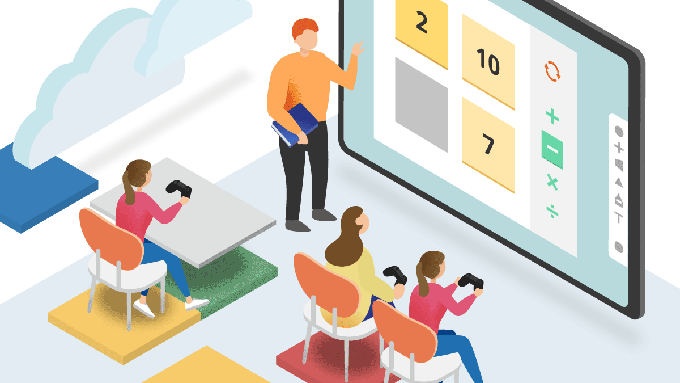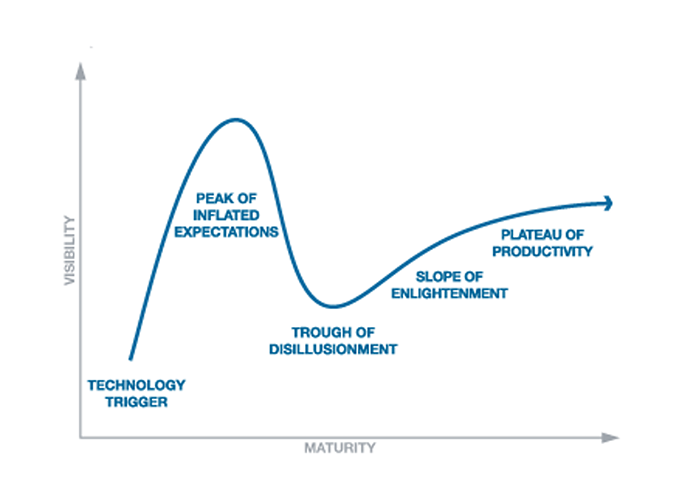
The concept of gamification ( gamification as proposed Fundéu) was introduced widely by game developer Nick Pelling in 2010 to the conduct a research on teamwork for a development company hardware . In the author’s words, gamification consists in the application of characteristic elements of games in non-playful contexts. Since then, various fields such as labor, business and, of course, education, have taken advantage of their potential to influence people’s behavior.
In recent years, gamification has become one of the most widely adopted emerging learning techniques in schools, although there is a serious debate about whether this active methodology is working effectively or not in class.
There is really little scientific evidence to confirm this, although it is true that the research community has significantly increased its experimental studies focusing on different subjects.
19 000 articles published
According to Google Scholar , the number of articles published with the words “gamification” and “education” was 1,400 until 2010. From 2010 to 2015 it became 14,000, and from 2015 to January 2020 it is 19,000 .
Nor does it favor that in the last study carried out in 2019 by the Observatory of Technological and Educational Innovation (ODITE), gamification is not mentioned as one of the trends in practice (those that are increasingly being used in educational centers), nor as a developing trend (those that are gradually being introduced into the classroom daily), although it does take it into account as an accompaniment methodology for the Inverted Classroom ( flipped classroom , in English) which it considers as an upward trend.
Moreover, although the Horizon Report (the most important on international educational trends) established between 2012 and 2014 that gamification would be “a significant force in educational technology”, in subsequent years it was not included as a trend.
Looking back and reflecting on the reason for this “abandonment” of gamification, we could point out that, in addition to the fact that there is no clear evidence about its direct implications on educational outcomes, it requires a lot of work by teachers (create, select and implement the games), a technological training that is currently lacking a part of teachers, or a large investment by schools or governments (financing games created by companies).
Gartner’s overexploitation cycle
Educational innovation trends follow a cycle very similar to Gartner’s overexpectation cycle (or hype cycle ) , which may explain the reason for this scarce scientific production.
Figure 1 shows the estimated time that new technologies related to the educational field take to be adopted and the behavior they have depending on their life cycle. Such is the case, for example, of mobile learning , personal learning environments (PLE), learning analytics , adaptive Ebooks or gamification .

Figure 1. Gartner’s over-expectation cycle. Big Data Marketer, 2016
This cycle allows us to evaluate the maturity, adoption and application of a new technology to the educational field based on 5 stages that represent, as we say, its life cycle.
- In the first stage of launch the technology is still very young and applications are still unknown by users.
- In the second phase, or peak of oversized expectations, the new tool achieves great confidence among the stakeholders, generating high enthusiasm among them. This happened, for example, with the arrival of the Massive Open Online Course (mass and open online courses) or MOOC. In fact, the year 2012 was declared as the year of the MOOCs.
- In the third stage, called the abyss of disappointment, the research and studies carried out on the new technology usually show negative results, or aspects that had not been considered in the previous stage, so curiosity and interest disappear. This also happened with the MOOCs in 2013 and 2014, where several reports were presented showing high rates of student drop-out, difficulties in peer evaluations _ or communication problems on the discussion boards even if they were gamified .
The same case is found with gamification , which is the term proposed by the Fundéu as adequate to refer to the English word gamification (although certain normative nuances should be taken into account), which had its great detractors, such as Ian Bogost who proposed change the term of gamification to that of explotationware , Margaret Robertson who calls it pointsification , or Scribe who prefers the expression Luddite .
- At the stage of the consolidation ramp, which is where gamification is currently located , evidence begins to emerge of how these new technologies can benefit education, as their operation is better understood and greater investments are made for new Projects and ideas development. In the case of gamification , for example, virtual reality 3D visualization systems have been created for the study of the improvement of motivational, social and spatial skills .
- Finally, on the productivity plateau, technology has already shown the benefit it brings and reaches its final stage. It becomes stable and widely applicable.
Where it goes
It would seem from all that the gamification has not met the expectations raised, but it is important to note that, although it has not yet been possible to demonstrate its direct impact on learning outcomes, it has had them in the motivation of students, influencing therefore indirectly in the results.
However, even in the field of motivation it is necessary to incorporate more evidence. Review reports such as Dicheva, Dichev, Agre and Angelova (2015) point out that most of the works on this topic focus on applications of gamification in education, but that these do not include an objective assessment of their impact.
Few examples of its application
We found good, although scarce, examples of its application and results such as the one carried out at the Oberta La Salle University of Andorra in 2015, which shows that gamification exerts a positive influence on student performance and motivation, or the experimental program ConectaIdeas carried out in Chile in July 2019 for math classes, where the results also showed a motivational improvement to enhance learning, although on the contrary it reduced student preferences for cooperative work.
In conclusion, gamification continues to show potential but, on the one hand, it requires a much larger work than expected by the teacher and, on the other hand, it is still necessary to carry out objective evaluations that allow measuring which elements of gamification have an objective influence on The learning.
Author Bios: Diana Valero Errazu is ICT Master Director for education and digital learning and Mª Beatriz Juárez Escribano is PDI and Coordinator of students of the ICT Master for Education and Digital Learning both at the Universidad Nebrija
